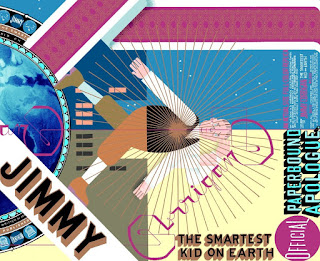(Extra Credit) Reading Notes: Narayan's Ramayana, Part B
I feel bad for Soorpanaka. Kinda. Source.
In the middle of the reading, Rama confronts Kara, a demon and relative of Soorpanaka. In their very brief battle sequence -- contrasting with the near-constant battle sequence of the Iliad -- Rama is descibed as having "the anger of a lion" (76). In the Iliad, the conflation of a hero with a lion is often a sign of an aristeia -- a savage, divinely-inspired killing spree. In Greek myth, this is characterized by comparison to an animal (usually a lion), a high body count, and divine help. In the Ramayana, Rama is compared to a lion; he has a high body count as he "defeated Kara and his allies" (77); and he is an avatar of Vishnu with all the powers and asthras of Viswamithra. He checks all three boxes. This is really interesting to me considering the great distance between the two epic poems in both geography and time. Do these point to universal human ideas about the state of nature, the gods, the inherent animalization of all humans, and the purpose humans serve? To fight like a savage animal, kill many foes, and have the help of a god?
Bibliography: Narayan, R. K. The Ramayana.


Comments
Post a Comment